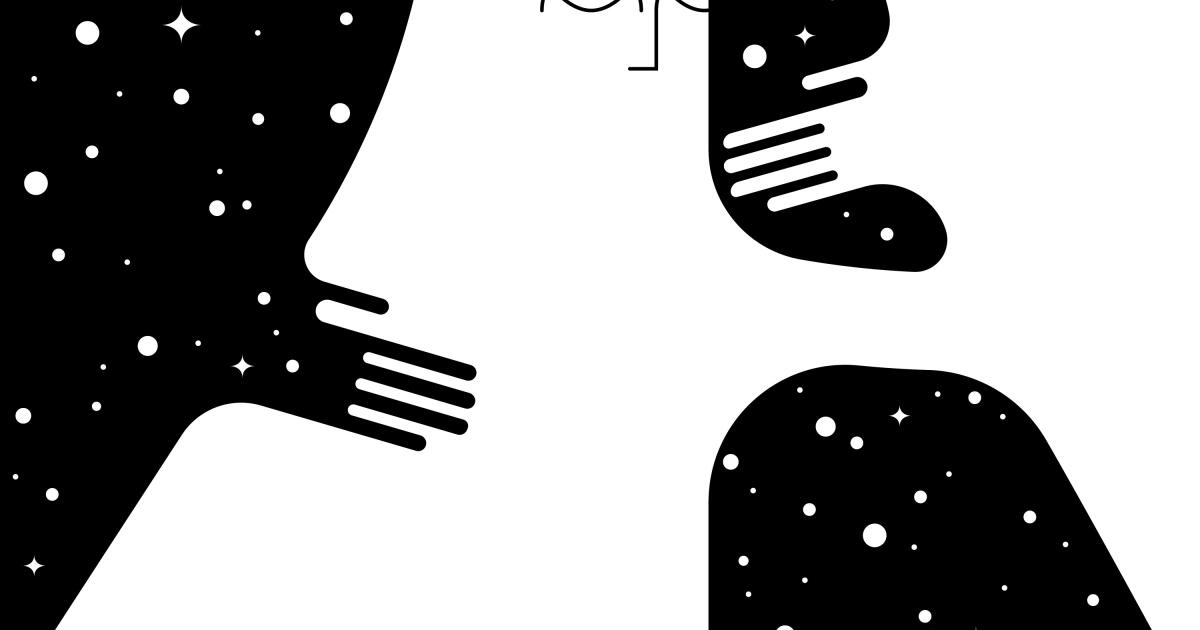Last Updated:
Liver cancer detection is often a complex and expensive process, involving a series of tests, biopsies, and imaging scans.
Aarav and Jai have ambitious plans for the next phase of their project: the development of nanobots that can target and destroy cancer cells.
In an inspiring demonstration of young ingenuity, two school students from Raipur, Chhattisgarh, have developed an innovative model that could transform the way liver cancer is diagnosed. Aarav Jain and Jai Jadwani, students at RK Sarda Vidya Mandir, have created a breakthrough model that simplifies and streamlines the detection of liver cancer using only a CT scan. Their work, which has already gained widespread attention, has the potential to significantly reduce the time and costs associated with current diagnostic procedures.
A Simple Yet Powerful Innovation
Liver cancer detection is often a complex and expensive process, involving a series of tests, biopsies, and imaging scans. The model developed by Aarav and Jai promises to simplify this by using CT scan images to not only detect the presence of cancer but also accurately pinpoint its location within the liver. According to the students, this method could dramatically cut down both the duration and cost of diagnosis, making it a more accessible option for patients.
The model works by feeding the CT scan images into a specially designed system that can analyse the data and identify cancerous cells with high precision. What makes this model particularly notable is its potential to detect liver cancer in its early stages, when treatment is more likely to be effective.
Endorsement from Experts
The innovation has garnered significant attention from the medical community. Seven doctors and two computer science experts have reviewed and endorsed the model, affirming its potential to revolutionise cancer diagnosis. The system’s ability to process CT scans and locate the cancer with such accuracy has impressed specialists, who have called it a promising step forward in early cancer detection.
Moreover, Aarav and Jai have ambitious plans for the next phase of their project: the development of nanobots that can target and destroy cancer cells. These tiny robots would be designed to navigate directly to the cancerous areas and mechanically break down the cells, offering a non-invasive method for treating the disease. This approach, according to the students, would eliminate the need for traditional treatments like chemotherapy and radiation, which often come with harmful side effects.
A Dream Project for the Future
The young inventors’ project has already been presented at IIT Guwahati, where it attracted significant interest. Their model is currently in the testing phase, with a virtual environment being created to simulate its potential use in real-world medical scenarios. If successfully developed, it could lead to a revolution in cancer treatment and diagnostics.
The model has also made waves beyond academic circles, with many praising the students for their determination and innovative thinking. Aarav Jain, son of Abhay and Arju Jain, and Jai Jadwani, son of Hitesh and Natasha Jadwani, have made their families and the state of Chhattisgarh proud with their achievement. Their work demonstrates that with passion, creativity, and dedication, groundbreaking ideas can emerge from the most unexpected places.
A Glimpse into the Future
If the project receives final approval and passes further testing, it could mark a monumental shift in how liver cancer is detected and treated. The potential impact on global healthcare systems is vast, as it promises a more cost-effective, quicker, and more precise method for diagnosing liver cancer. With the possibility of integrating nanobot technology for treatment, this innovation could change the landscape of cancer care forever.
- Location :
Chhattisgarh, India







